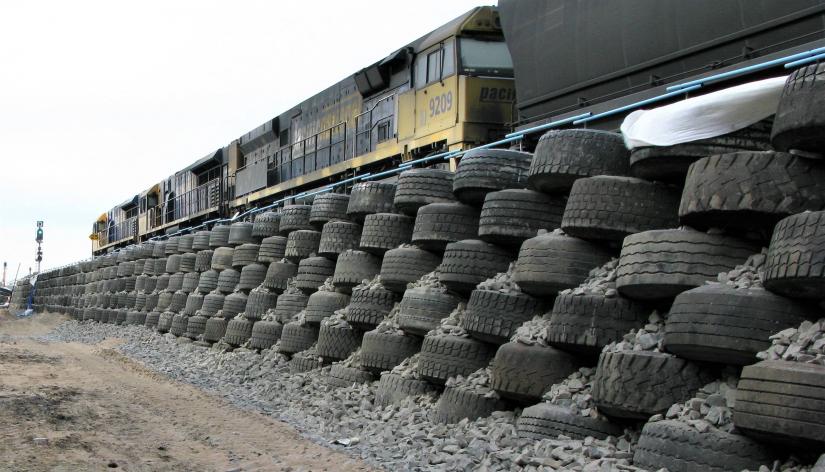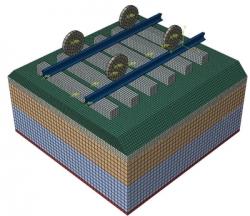The next frontier of digital transportation engineering will be merging the cyber and physical world to enable more cost-effective physical modelling.
Physical modelling, reliability analysis and computational advances

Prediction helps
The next frontier of digital transportation engineering will be merging the cyber and physical world to enable more cost-effective physical modelling and analyse various complex and integrated transport components to reduce infrastructure design and construction costs, whilst ensuring stringent reliability and safety standards are met.
This research program focuses on the development of novel solutions for modelling and analysing various aspects of transport networks to ensure their socio-economic viability, validity and reliability.
Research focus areas

- Realistically scaled tests in the laboratory and field combined with computational refinement to optimise and validate the structural design of components before they are constructed and operational.
- Contribute to the advancement, optimisation of design and construction techniques using modern computational analysis and simulation tools.
- Combine physical modelling and advanced simulations tools in tandem to enable effective risk assessment and reliability analysis to ensure enhanced safety of transportation systems, including hauling greater freight at higher speeds, integrating the superstructure and substructure elements.
- In conjunction with Program 1, the activities within this program will facilitate the development of high-end computational tools allowing designers, contractors, and asset owners to predict the asset conditions and assess their safety and reliability.
